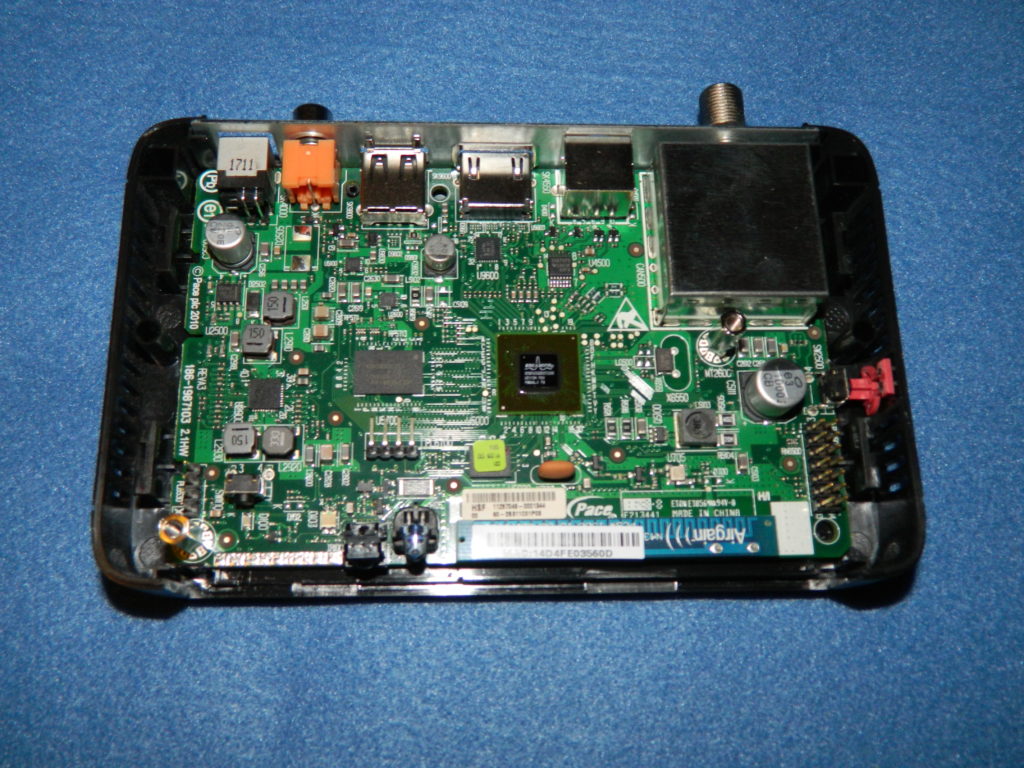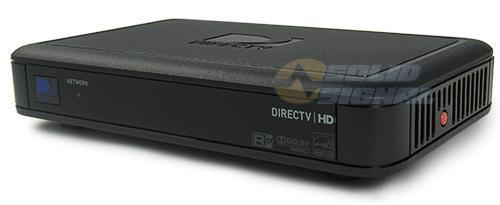We life in a world of snack-sized electronics. Our phones, even the big ones, aren’t much bigger than a candy bar. Our TVs are thin, and our streaming devices are about the size of a pack of gum.
All of a sudden a Genie client is beginning to seem huge. Which is kind of funny, because when the clients first came out they seemed so tiny. But that was seven years ago and the form factor hasn’t changed. In fact the C61K 4K Genie client is actually bigger than the original HD Genie client.
So why aren’t Genie clients smaller?
I guess if there’s a good answer out there, it’s that the clients are victims of their own success. They’re extremely well built. I still actually have the first client box I ever got. There’s simply nothing to break in them, and they’re designed for plenty of ventilation so that they run nice and cool.
New client boxes are still being made, but a decent number of refurbished ones are going through the pipeline. Unlike some of the other DIRECTV products out there, it seems like the refurbished Genie clients are bulletproof. You just don’t hear of them breaking.
Keep in mind that most streaming sticks only last a few years and phones don’t last much more than that. When you’re talking about a piece of gear that’s just as good in 2019 as it was in 2011 that’s pretty darn impressive. You don’t mess with that kind of success.
There’s another reason.
Most people get their clients for free when they sign up for DIRECTV or when they upgrade. Of course, a few do go to Solid Signal and get them when they need them. Because the clients aren’t a profit center for AT&T, it makes sense to keep costs down. That means relying on existing designs. There’s no reason to think that a smaller client would make people happier. In fact when “DIRECTV Ready” TVs were made, you only needed a small network adapter. This didn’t help those TVs sell any better. It seems that people don’t mind the size of the box.
But could it be smaller?

Not really. This image of a C31 client, taken back in 2012, shows just how packed the client is. It’s very possible that today’s technology could lead to a smaller device, but if you had any notions of taking the client out of its box and putting it in something smaller, you can see there isn’t much room for that. That circuit board goes pretty much edge to edge.
Keeping all those components separate from each other also contrinutes to the overall reliability and adds airflow.
There’s no doubt in my mind, though, that if the folks at AT&T wanted they could actually do away with the hardware altogether. They could make the client an app on a streaming box if they wanted. By introducing a small delay into the system they could account for jumpy network transfers. This would get AT&T out of the hardware business, but it would potentially open the client up to being hacked and that’s a much bigger potential problem.





